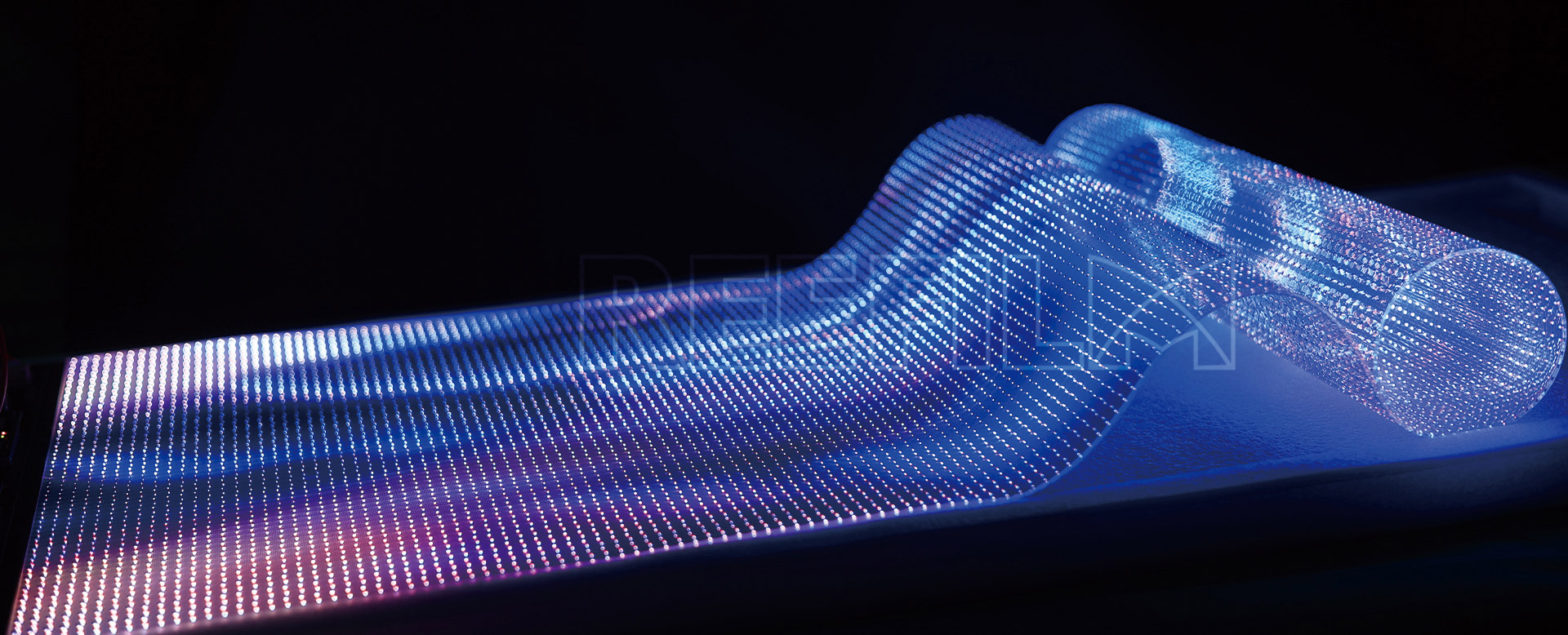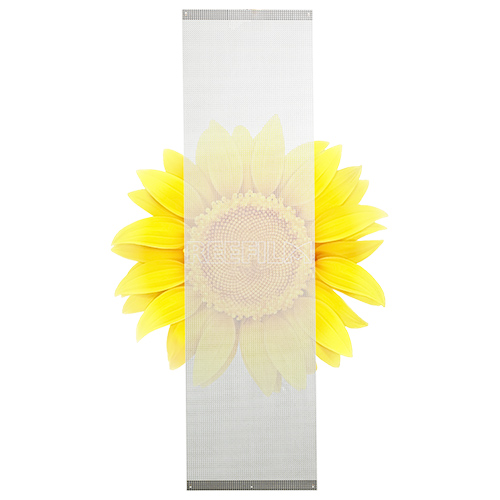
In the realm of visual technology, holographic LED screens have emerged as a groundbreaking innovation, captivating audiences with their mesmerizing and immersive displays. Unlike traditional flat screens, holographic Led Screens create three-dimensional holographic images that appear to float in mid-air, providing a truly captivating viewing experience. The advantages of holographic Led Screens are not only limited to their stunning visual appeal but also extend to their versatility, interactivity, and potential applications in various fields.

One of the primary advantages of holographic Led Screens lies in their ability to create lifelike and engaging visuals. By projecting three-dimensional holograms, these screens offer a sense of depth and realism that is unparalleled by conventional displays. This immersive experience captures the attention of viewers and leaves a lasting impression, making holographic LED screens ideal for advertising, product launches, and entertainment events. Whether used in retail environments to showcase products in a dynamic and interactive manner or in museums to bring historical artifacts to life, these screens elevate the overall impact of visual presentations.
Another significant advantage of holographic LED screens is their interactivity. Advanced technology allows these screens to respond to gestures, touch, and even voice commands, enabling users to interact directly with the holographic content. This interactive feature opens up a world of possibilities for education, gaming, and interactive exhibitions. In educational settings, holographic LED screens can create interactive lessons and simulations, enhancing student engagement and understanding. In the gaming industry, these screens offer a truly immersive gaming experience, allowing players to interact with game elements in a way that was previously unimaginable. Additionally, in exhibitions and museums, interactive holographic displays provide visitors with a hands-on and educational experience, making learning more engaging and memorable.
Furthermore, holographic LED screens are highly versatile and can be customized to fit various spaces and applications. They can be designed in different shapes and sizes, allowing for creative and innovative installations in public spaces, events, and retail environments. Their flexibility in design makes them suitable for curved surfaces, 360-degree installations, and large-scale displays, making them a popular choice for architectural projects, art installations, and live performances. The adaptability of holographic LED screens ensures that they can be integrated seamlessly into different environments, enhancing the visual appeal of any space.
In conclusion, the advantages of holographic LED screens, including their stunning visuals, interactivity, and versatility, make them a revolutionary choice in the world of visual technology. As they continue to evolve and become more accessible, holographic LED screens are poised to transform various industries, offering immersive and engaging experiences that captivate audiences and push the boundaries of visual storytelling. Whether used for entertainment, education, advertising, or art, holographic LED screens have the potential to redefine how we perceive and interact with visual content, paving the way for a new era of innovation and creativity.